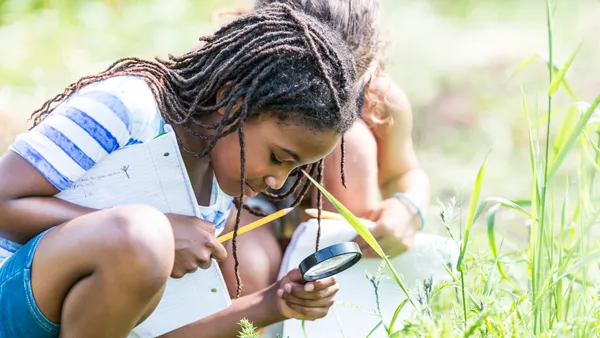Dive Brief:
- Eighth graders in Arkansas were given a class project — to build a three-dimensional foot for a duck that was missing one of his. Challenges included learning how to use a 3D printer, working with raw materials, and closely studying Peg, the Indian runner duck in question.
- The class, Environmental and Spatial Technology, at Armorel High School, is part of a program called the EAST Initiative, which encourages students in rural areas to solve real-world problems using technology.
- Students felt impassioned to help improve Peg’s day-to-day life. By tapping into those emotions, then discovering their work had a genuine purpose, students learned classroom work can have real-world implications, motivating them to finish their project, reports EdWeek.
Dive Insight:
Worksheets. Quizzes. Flashcards. These learning tools, while effective in reinforcing lessons, do little to help students see the reason behind their education. Weaving real-world concerns into the classroom can motivate children, giving them a sense of purpose to their work — rather than just pleasing parents and teachers with good grades.
The goal is to have children who are engaged in class, who do more than recite back facts and figures. Educators want students who not only ask questions, but even challenge what they’re learning.
Creating schools in which children have a runway to put they’re learning to use gives them a chance to show off skills, an opportunity to drive their own education, and a test-drive for the work that one day they’ll be expected to accomplish — for a professor, a supervisor, or even for a duck named Peg.











